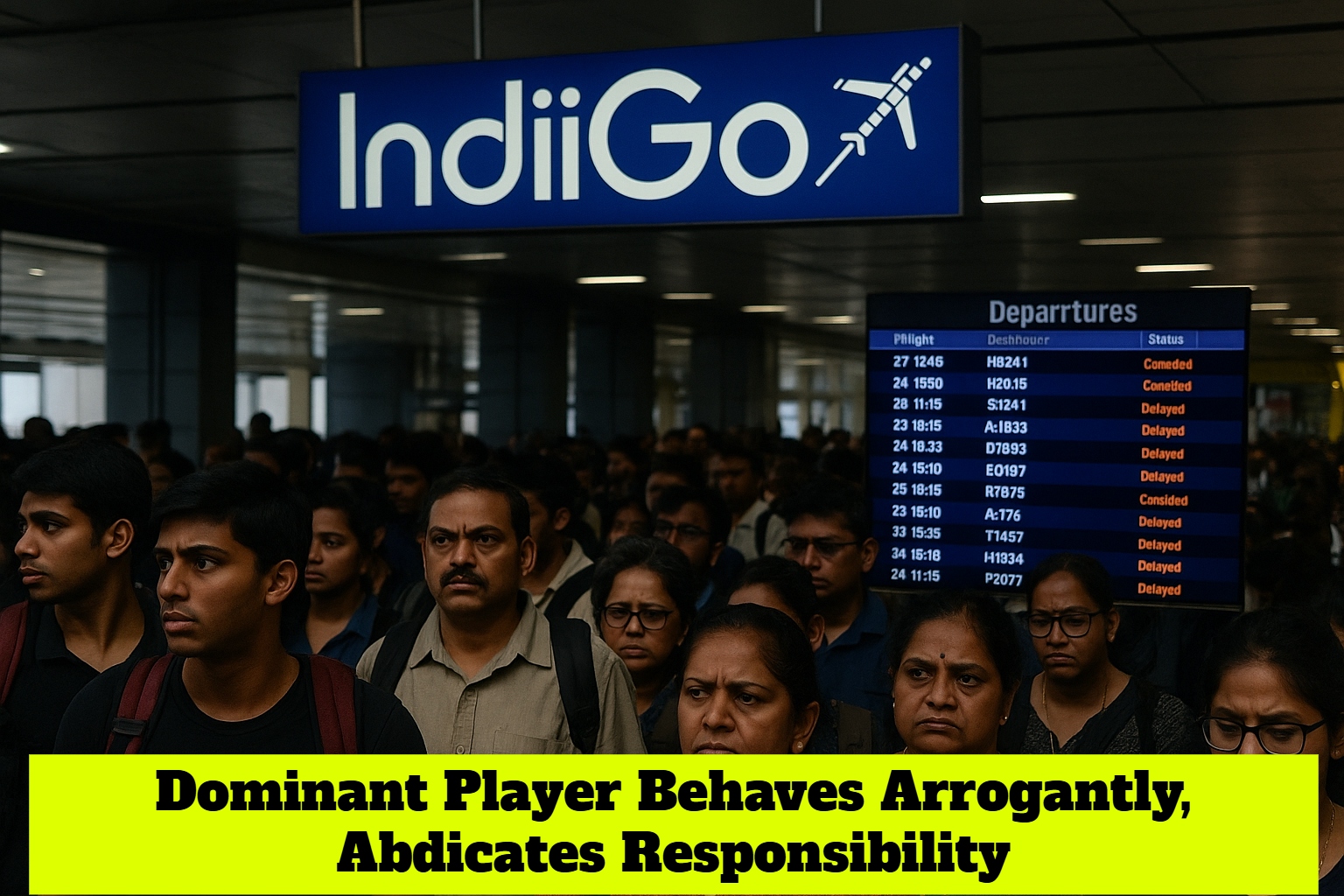

By Linus Garg
First publised on 2025-09-03 11:47:20
A temporary stage set up by the Trinamool Congress near the Gandhi statue at Kolkata's Maidan has triggered an unlikely confrontation between the Indian Army and Chief Minister Mamata Banerjee. The Army dismantled the structure, citing expired permission and violation of protocol. What might have been dismissed as a matter of expired paperwork quickly snowballed into a political storm.
The Army's position is simple: the Maidan falls under its jurisdiction, permissions are limited in duration, and in this case the time had lapsed. The Trinamool Congress, however, insists all dues were paid and permission granted. When soldiers moved in to dismantle the dais, Mamata Banerjee herself rushed to the site, condemning the act as "undemocratic" and accusing the BJP-led Centre of misusing the Army for political ends.
The standoff immediately spilled into symbolism. Within hours, the TMC erected a new dais at Dorina Crossing. Leaders framed it as an act of defiance, painting the removal as an assault not just on their party but on Bengali pride and cultural assertion. A routine enforcement exercise, in their telling, became an attempt to muzzle dissent.
Inside the Bengal Assembly, the clash played out in even starker terms. Heated exchanges broke out, with the TMC charging the Centre with politically motivated interference, while the BJP argued that rules were rules and no one stood above them. The uproar ended in the suspension of the Leader of the Opposition, further underlining how a dismantled podium had upended legislative business.
Why does this matter? Because it shows how thin the line has become between governance and politics, between procedure and perception. The Maidan may technically be under Army control, but it is also Kolkata's civic heart, a space that has historically hosted rallies and protests. When the Army enforces rules there, it risks being drawn into political firefights. On the other side, Mamata Banerjee has turned what could have been a bureaucratic inconvenience into a rallying point for her party, accusing her opponents of authoritarian overreach.
This clash raises three pressing concerns. First, clarity of jurisdiction - who decides how public protest spaces are used? Without clear coordination between the Army, the state government, and civic authorities, such flashpoints will keep recurring. Second, the political weaponization of institutions - whether fair or not, the Army acting in a political context creates an optic of partisanship. That perception damages trust. And third, the nature of dissent itself - efforts to suppress it often backfire. Far from disappearing, the TMC's protest has gained new visibility and a sharper narrative.
At its core, this is not just about a podium. It is about the contest over space - physical space in Kolkata's Maidan, and political space in Bengal's fiercely competitive landscape. The dais is gone, but the confrontation it sparked has amplified Mamata Banerjee's defiance and sharpened her party's messaging.











